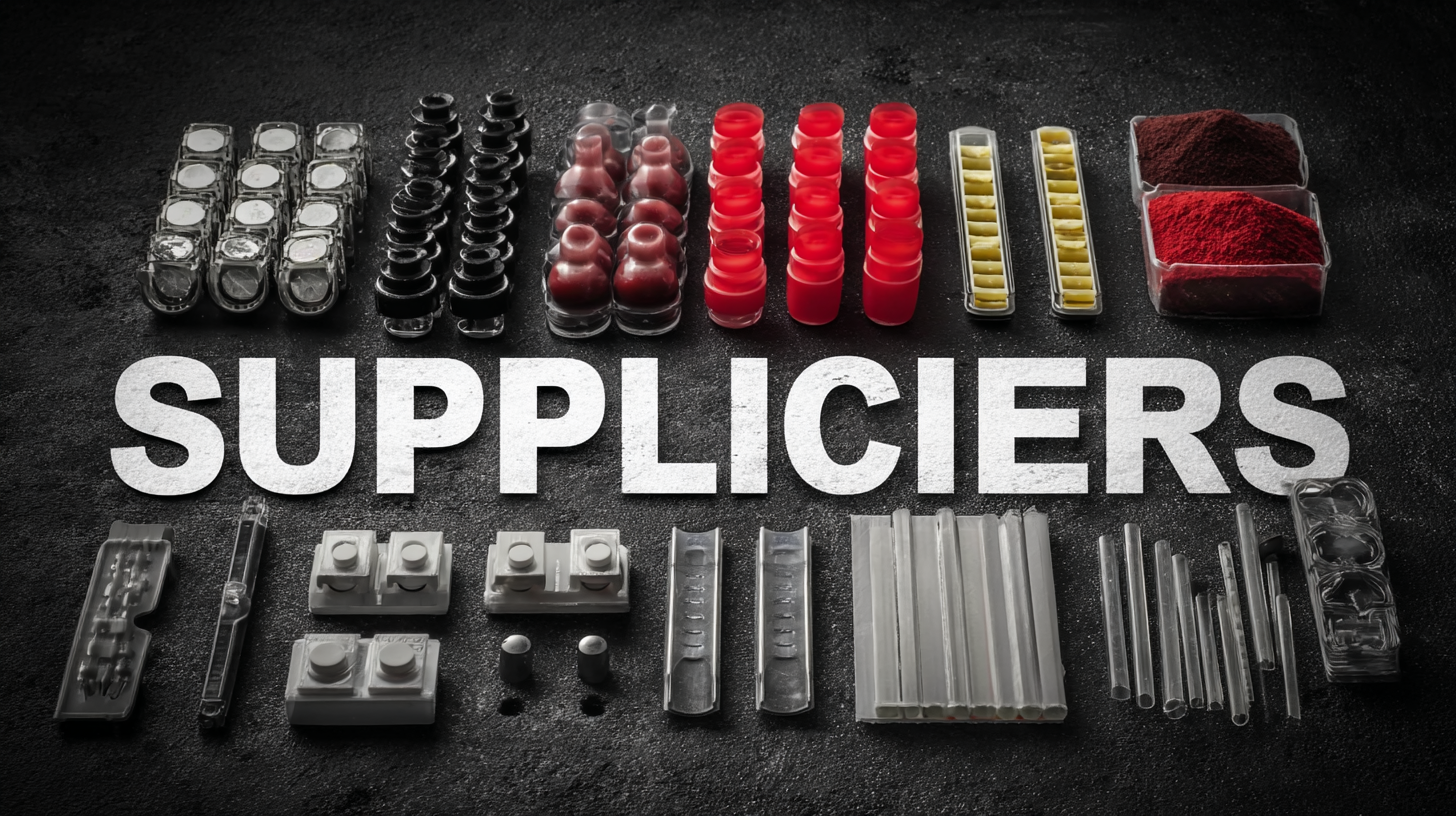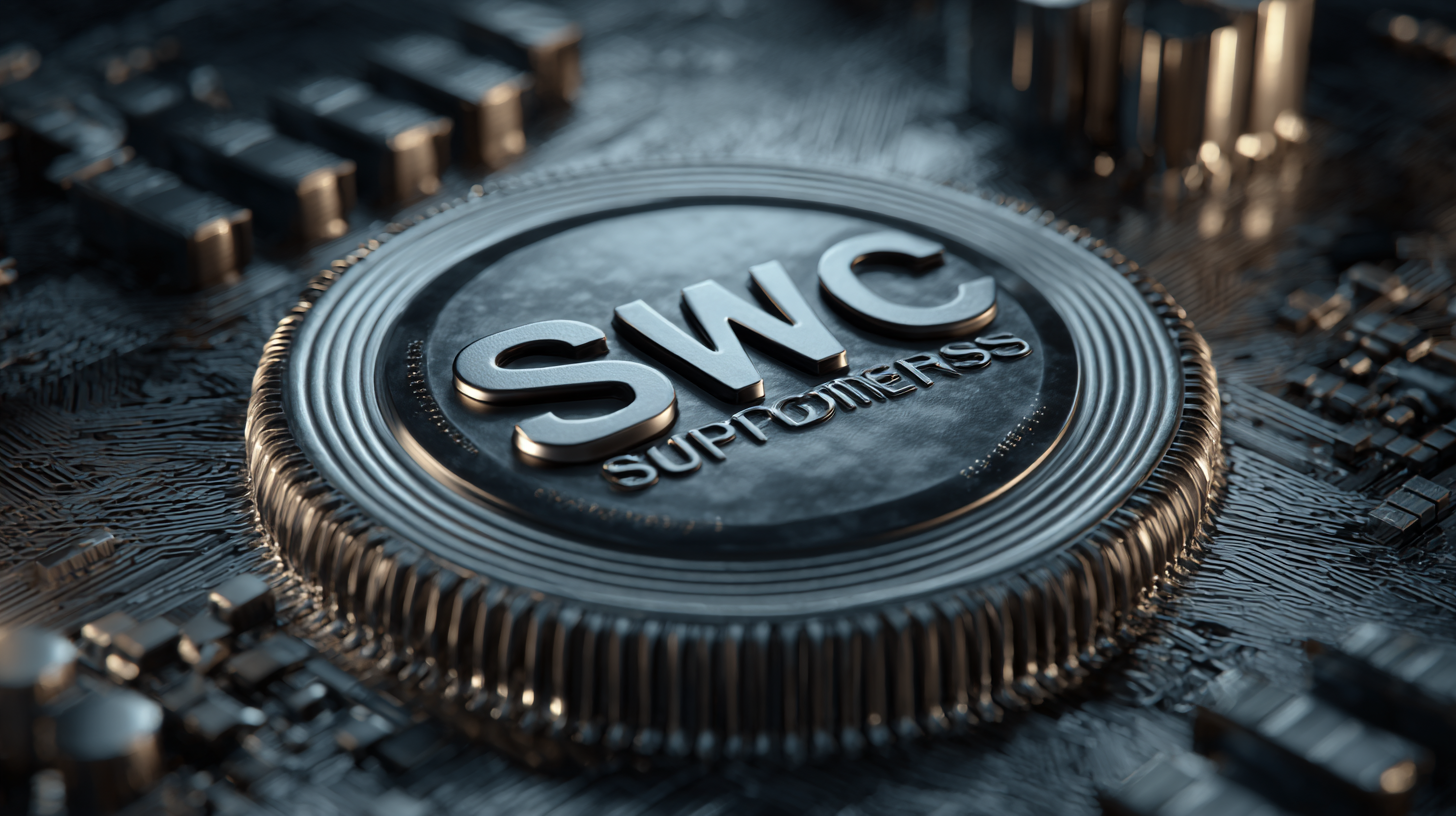

In today’s competitive market, the performance of suppliers' products is paramount for businesses aiming to achieve optimal efficiency and productivity. According to a recent report by McKinsey, companies that prioritize understanding technical specifications of their suppliers' offerings can increase operational performance by up to 20%. This highlights the necessity for industry professionals to not only evaluate the quality but also delve deep into the technical parameters that define the capability of the products they source. By unveiling these specifications, organizations can make informed decisions that align with their operational goals, enhance productivity, and foster long-term relationships with reliable suppliers. This blog aims to explore the critical technical aspects that underpin the best supplier products, offering a comprehensive tutorial on optimizing selection for superior performance.

When evaluating supplier products for optimal performance, it’s essential to focus on specific key features that can significantly impact efficiency and effectiveness. According to a recent industry report by the International Supply Chain Institute, 67% of companies reported that product quality directly influences their overall supply chain effectiveness. Therefore, assessing the durability, material quality, and adherence to industry standards of the products should be the first step in the selection process. Vendors that provide detailed product specifications and certifications can help ensure that their offerings meet stringent operational requirements.
Another critical aspect to consider is compatibility with existing systems and processes. A study by the Global Suppliers Association found that 75% of procurement professionals see interoperability as a key factor when selecting supplier products. This means evaluating how well the new products will integrate with current hardware and software solutions is vital to minimize disruption and maximize productivity. Additionally, cost-effectiveness doesn’t just refer to the price tag; it includes the total cost of ownership, which encompasses maintenance, training, and potential downtime, providing a comprehensive view of the product’s true value in the long run.

The rapid advancement of technology has dramatically transformed the landscape of supplier product performance, setting new standards for efficiency and innovation. With the increasing integration of digital tools and automation, suppliers are now able to enhance their product offerings, ensuring that they meet the evolving demands of the market. Technologies such as artificial intelligence and the Internet of Things (IoT) are revolutionizing how suppliers operate, allowing for real-time data analytics and improved decision-making processes, which directly enhance product performance.
Moreover, technology has facilitated greater collaboration between suppliers and manufacturers. This synergy enables a seamless flow of information and resources, leading to more responsive supply chains. For instance, cloud-based platforms allow for instant sharing of product specifications and performance metrics, empowering suppliers to adjust their strategies swiftly. As a result, suppliers are now positioned to deliver products that not only meet high-performance standards but also provide added value, such as sustainability and customization. In an environment driven by technological advancements, the ability to adapt and innovate is crucial for suppliers aiming to maximize their impact on product performance.
This chart illustrates the performance metrics of various supplier products based on technology impact.
In the competitive landscape of plastic packaging, detailed analysis of supplier products reveals significant insights for stakeholders aiming for optimal performance. According to recent market reports, the plastic packaging industry, driven by materials such as high-density polyethylene (HDPE) and low-density polyethylene (LDPE), is projected to experience a considerable surge. Analysts expect the market size to exceed USD 500 billion by 2026, highlighting the growing demand for versatile and sustainable packaging solutions.
Moreover, the global smartphone market reported a 7% increase in 2024, as suppliers adapt to complexities anticipated in 2025. This trend underlines the importance of selecting products from top suppliers who not only offer quality but also innovate in design and functionality. As technology evolves, the ability to leverage high-performance materials will be crucial for manufacturers looking to maintain a competitive edge in both pharmaceutical applications and consumer electronics. The intersection of these industries suggests a strategic opportunity for suppliers who can meet the rising expectations for quality and sustainability.

In the competitive landscape of supplier products, performance metrics are essential for discerning the best offerings. Recent industry reports indicate that suppliers are increasingly focusing on specific parameters such as durability, efficiency, and cost-effectiveness to meet the demands of a discerning market. According to a study by the Supply Chain Management Review, performance-driven suppliers demonstrated a 25% higher return on investment (ROI) compared to their less focused competitors, underscoring the importance of aligning product specifications with performance outcomes.
Additionally, a comparative analysis by the International Journal of Production Economics shed light on key performance indicators (KPIs) such as lead time, defect rates, and customer satisfaction scores. The report revealed that top suppliers boast average lead times of around 10 days, while lower-tier suppliers often exceed 20 days. This disparity not only affects inventory turnover but also customer loyalty. Furthermore, leading suppliers maintain defect rates lower than 2%, significantly enhancing their market position and customer trust. As businesses prioritize optimal performance, understanding these metrics becomes crucial for making informed purchasing decisions.
As we delve into the future trends of supplier products, it becomes increasingly evident that technical specifications are evolving to meet the demands of technology-driven industries. Suppliers are investing heavily in research and development to create innovative products that not only enhance performance but also align with sustainability goals. For instance, materials that improve energy efficiency or reduce carbon footprints are becoming essential. Furthermore, the integration of smart technology in supplier products is anticipated to revolutionize performance metrics, allowing manufacturers to gain real-time insights into their operational capabilities.
Additionally, emerging technologies such as artificial intelligence and the Internet of Things (IoT) are set to reshape the way technical specifications are defined. Suppliers will likely focus on creating interconnected systems that offer seamless data exchange, thereby enhancing overall efficiency. This trend will encourage the development of products that can adapt to changing environments and user needs, ensuring optimal performance in a rapidly transforming marketplace. By keeping a keen eye on these future trends, businesses can align their purchasing strategies with the most cutting-edge supplier products, ultimately driving innovation and operational excellence.
| Product Category | Technical Specification | Performance Metrics | Future Trends |
|---|---|---|---|
| Electronics | High Efficiency, Low Power Consumption | >90% Efficiency, <50W Power Usage | Smart Features, IoT Integration |
| Industrial Tools | Durability, Ergonomic Design | Longevity > 1000 Hours, 20% Less Fatigue | Automation, AI Integration |
| Software Solutions | Cloud-Based, Scalable | Uptime 99.9%, 5x Speed Increase | Machine Learning, Data Analytics |
| Renewable Energy | High Efficiency Solar Cells | Conversion Rate 22%, Lifespan 25 Years | Energy Storage Solutions, Smart Grids |